Home>Renovation & DIY>Home Renovation Guides>How Do I Prove IRA Money Was Used For Home Improvements


Home Renovation Guides
How Do I Prove IRA Money Was Used For Home Improvements
Modified: January 4, 2024
Learn how to prove IRA funds were used for home improvements with our comprehensive home renovation guide. Maximize your investment and ensure compliance.
(Many of the links in this article redirect to a specific reviewed product. Your purchase of these products through affiliate links helps to generate commission for Storables.com, at no extra cost. Learn more)
**
Introduction
**
So, you've decided to spruce up your home with some much-needed improvements. Whether it's a kitchen renovation, a bathroom upgrade, or a new roof, home improvements can add value to your property and enhance your living space. If you're considering using funds from your Individual Retirement Account (IRA) to finance these projects, it's essential to understand the process and requirements for proving that the money was used for home improvements.
Using IRA funds for home improvements can be a viable option for individuals looking to invest in their properties without taking on additional debt. However, it's crucial to navigate this financial decision with care, as there are specific guidelines and documentation requirements to follow. In this comprehensive guide, we'll explore the steps involved in proving that IRA money was used for home improvements, ensuring that you're well-informed and prepared to undertake this endeavor.
Throughout this article, we'll delve into the intricacies of IRA withdrawals for home improvements, the documentation needed to substantiate these withdrawals, the importance of keeping thorough records of home improvement expenses, and the value of collaborating with a tax professional to navigate the associated tax implications. By the end of this guide, you'll have a clear understanding of the process and be equipped with the knowledge to confidently proceed with utilizing IRA funds for your home improvement projects.
**
Key Takeaways:
- Using IRA funds for home improvements requires careful documentation and adherence to IRS regulations. Keep detailed records of withdrawals, expenses, and collaborate with tax professionals for a smooth process.
- Working with a tax professional can provide valuable guidance in maximizing benefits, understanding tax implications, and ensuring compliance when utilizing IRA funds for home improvements.
Understanding IRA Withdrawals for Home Improvements
**
Before delving into the specifics of proving that IRA money was used for home improvements, it's essential to grasp the fundamental principles of IRA withdrawals for such purposes. When it comes to utilizing funds from your IRA for home improvements, it's important to discern the regulations and limitations governing these transactions.
First and foremost, it’s crucial to understand that traditional IRA withdrawals are typically subject to income tax, and if taken before the age of 59½, they may also incur a 10% early withdrawal penalty. However, there are exceptions to this penalty for certain qualifying expenses, including qualified first-time home purchases and certain unreimbursed medical expenses.
For home improvements, the IRS allows penalty-free withdrawals of up to $10,000 from an IRA under the first-time homebuyer exception. This provision enables individuals to use IRA funds for qualified acquisition costs, including expenses related to building, rebuilding, or improving a home for the first-time purchase of a residence. It’s important to note that this exception is limited to $10,000 per individual, meaning that if you are married, both you and your spouse can each withdraw up to $10,000 penalty-free from your respective IRAs for a combined total of $20,000.
Furthermore, if you have a Roth IRA, you may be able to withdraw contributions (but not earnings) at any time and for any reason without tax or penalty, as you have already paid taxes on the contributions. This provides added flexibility for using Roth IRA funds for home improvements, as long as you limit your withdrawal to the amount of your contributions.
Understanding the specific rules and exceptions related to IRA withdrawals for home improvements is crucial for making informed decisions and ensuring compliance with IRS regulations. By familiarizing yourself with these guidelines, you can navigate the process with confidence and clarity, laying the groundwork for effectively documenting and substantiating your IRA withdrawals for home improvement projects.
**
Documenting IRA Withdrawals
**
When utilizing funds from your IRA for home improvements, meticulous documentation is paramount to substantiate the purpose and proper utilization of the withdrawn funds. This documentation not only serves as a record of the transactions but also acts as evidence in the event of an IRS inquiry or audit. Here are essential steps to effectively document IRA withdrawals for home improvements:
- Identify the Purpose:
- Retain Withdrawal Records:
- Maintain Project Documentation:
- Establish a Paper Trail:
- Consult with Financial Advisors:
Clearly delineate the specific home improvement projects for which the IRA funds will be used. Whether it’s a kitchen remodel, a new HVAC system, or landscaping enhancements, articulating the intended purposes of the withdrawals is crucial for documentation.
Keep detailed records of the IRA withdrawals, including the dates, amounts, and the specific accounts from which the funds were withdrawn. These records should be easily accessible and organized for future reference.
Document the progress and completion of the home improvement projects utilizing the IRA funds. This may include invoices, receipts, contracts with service providers, before-and-after photos, and any other relevant documentation that demonstrates the allocation of the funds toward the specified improvements.
Create a comprehensive paper trail that links the IRA withdrawals to the home improvement expenses. This may involve categorizing and organizing all related documents, such as bank statements, canceled checks, and payment receipts, to establish a clear trail of the funds’ utilization.
Seek guidance from financial advisors or tax professionals to ensure that the documentation aligns with IRS requirements and best practices. Their expertise can provide valuable insights into the specific documentation needed to support IRA withdrawals for home improvements.
By diligently documenting IRA withdrawals and the subsequent utilization of the funds for home improvements, you can bolster the legitimacy of the transactions and mitigate potential challenges in validating the purpose of the withdrawals. This proactive approach not only safeguards your financial records but also instills confidence in the compliance and transparency of your IRA-related activities.
**
You can prove IRA money was used for home improvements by keeping detailed records of the expenses, including receipts and invoices. Be sure to only use the funds for eligible expenses to avoid penalties.
Keeping Records of Home Improvement Expenses
**
As you embark on home improvement projects funded by IRA withdrawals, maintaining meticulous records of the associated expenses is crucial for substantiating the proper utilization of the withdrawn funds. Comprehensive documentation not only facilitates the validation of the expenses but also ensures transparency and compliance with IRS regulations. Here’s how to effectively keep records of home improvement expenses:
- Capture Detailed Invoices and Receipts:
- Organize Expense Categories:
- Record Before-and-After Documentation:
- Maintain Contracts and Agreements:
- Track Payment Transactions:
- Consult with Tax Professionals:
Collect and retain detailed invoices and receipts for all expenses related to the home improvement projects. This encompasses materials, labor costs, permits, and any other pertinent expenditures. These documents serve as tangible evidence of the funds’ allocation toward the designated improvements.
Categorize the home improvement expenses based on the nature of the work, such as structural enhancements, electrical upgrades, plumbing installations, or cosmetic renovations. This systematic categorization facilitates clarity and coherence in documenting the utilization of IRA funds for specific aspects of the projects.
Document the progress and completion of the home improvement endeavors through before-and-after photographs. Visual evidence of the enhancements provides compelling support for the legitimacy and impact of the utilized IRA funds.
Retain copies of contracts, agreements, and work orders with contractors and service providers involved in the home improvement projects. These documents outline the scope of work, cost estimates, and contractual obligations, reinforcing the authenticity and purpose of the incurred expenses.
Record all payment transactions, including checks, electronic transfers, and credit card payments, pertaining to the home improvement expenses. This comprehensive tracking of financial transactions substantiates the flow of funds from the IRA withdrawals to the designated recipients and vendors.
Engage with tax professionals or financial advisors to ensure that the documentation of home improvement expenses aligns with IRS guidelines and best practices. Their expertise can provide valuable insights into the specific records and documentation required to validate the proper utilization of IRA funds for the designated projects.
By diligently maintaining records of home improvement expenses and adhering to systematic documentation practices, you fortify the credibility and transparency of the IRA-funded projects. These records not only serve as a testament to the prudent management of funds but also safeguard your financial activities against potential scrutiny, fostering confidence in the legitimacy of the utilized IRA withdrawals.
**
Working with a Tax Professional
**
Collaborating with a knowledgeable tax professional can significantly enhance your ability to navigate the complexities of utilizing IRA funds for home improvements while ensuring compliance with IRS regulations. A tax advisor or accountant with expertise in retirement accounts and home-related tax implications can provide invaluable guidance throughout the process. Here’s how working with a tax professional can streamline the utilization of IRA funds for home improvement projects:
- Strategic Planning and Compliance:
- Documentation Review and Guidance:
- Tax Implications and Reporting Obligations:
- Audit Preparedness and Representation:
- Long-Term Financial Planning:
A tax professional can assess your individual financial situation, retirement goals, and home improvement plans to devise a strategic approach for utilizing IRA funds. By aligning your objectives with IRS regulations, they can help structure the transactions to maximize benefits while ensuring compliance with applicable tax laws.
Seeking the expertise of a tax professional for reviewing and guiding the documentation of IRA withdrawals and home improvement expenses can offer reassurance and validation. They can provide insights into the specific records and documentation required to substantiate the purpose and proper utilization of the withdrawn funds.
Understanding the tax implications of utilizing IRA funds for home improvements is essential, and a tax professional can elucidate the associated tax obligations and reporting requirements. They can advise on potential tax deductions or credits related to home improvements, ensuring that you leverage available tax benefits effectively.
In the event of an IRS inquiry or audit pertaining to IRA withdrawals for home improvements, a tax professional can offer valuable support and representation. Their expertise can be instrumental in addressing inquiries, providing documentation, and advocating on your behalf to substantiate the legitimacy of the utilized funds.
Beyond the immediate utilization of IRA funds for home improvements, a tax professional can integrate this financial decision into your long-term retirement and estate planning. They can offer insights into the broader implications of these transactions on your overall financial strategy and retirement outlook.
By enlisting the support of a tax professional, you can navigate the intricacies of utilizing IRA funds for home improvements with confidence and precision. Their expertise not only facilitates compliance with tax regulations but also empowers you to optimize the financial benefits of leveraging IRA funds for enhancing your home, ensuring a well-informed and strategic approach to this endeavor.
**
Read more: How To Get Money For Home Improvement
Conclusion
**
Utilizing funds from your Individual Retirement Account (IRA) for home improvements can be a strategic and beneficial financial decision, allowing you to enhance your living space and increase the value of your property. However, the process of proving that IRA money was used for home improvements necessitates careful planning, meticulous documentation, and adherence to IRS regulations. By understanding the nuances of IRA withdrawals for home improvements and implementing comprehensive record-keeping practices, you can navigate this endeavor with confidence and transparency.
Throughout this guide, we’ve explored the essential steps involved in documenting IRA withdrawals for home improvements, emphasizing the significance of maintaining detailed records of both the withdrawals and the associated home improvement expenses. From categorizing expenses to retaining invoices, contracts, and payment records, the thorough documentation serves as a testament to the purposeful and legitimate utilization of the IRA funds.
Furthermore, working in tandem with a tax professional can provide invaluable support in strategizing the utilization of IRA funds, understanding the tax implications, and preparing for potential IRS inquiries or audits. Their expertise can offer clarity and assurance, ensuring that your financial decisions align with IRS guidelines and optimize available tax benefits.
As you embark on home improvement projects funded by IRA withdrawals, remember that the proactive approach to documentation and collaboration with tax professionals not only instills confidence in the legitimacy of the utilized funds but also sets the stage for long-term financial planning and retirement strategies. By leveraging IRA funds for home improvements in a well-informed and compliant manner, you can enhance your home while fortifying your financial foundation.
Ultimately, the prudent utilization of IRA funds for home improvements underscores the intersection of financial acumen and personal investment in creating a more comfortable and valuable living environment. By embracing the guidelines and best practices outlined in this guide, you can embark on your home improvement journey with clarity, confidence, and a solid foundation for documenting the purposeful utilization of IRA funds.
Frequently Asked Questions about How Do I Prove IRA Money Was Used For Home Improvements
Was this page helpful?
At Storables.com, we guarantee accurate and reliable information. Our content, validated by Expert Board Contributors, is crafted following stringent Editorial Policies. We're committed to providing you with well-researched, expert-backed insights for all your informational needs.
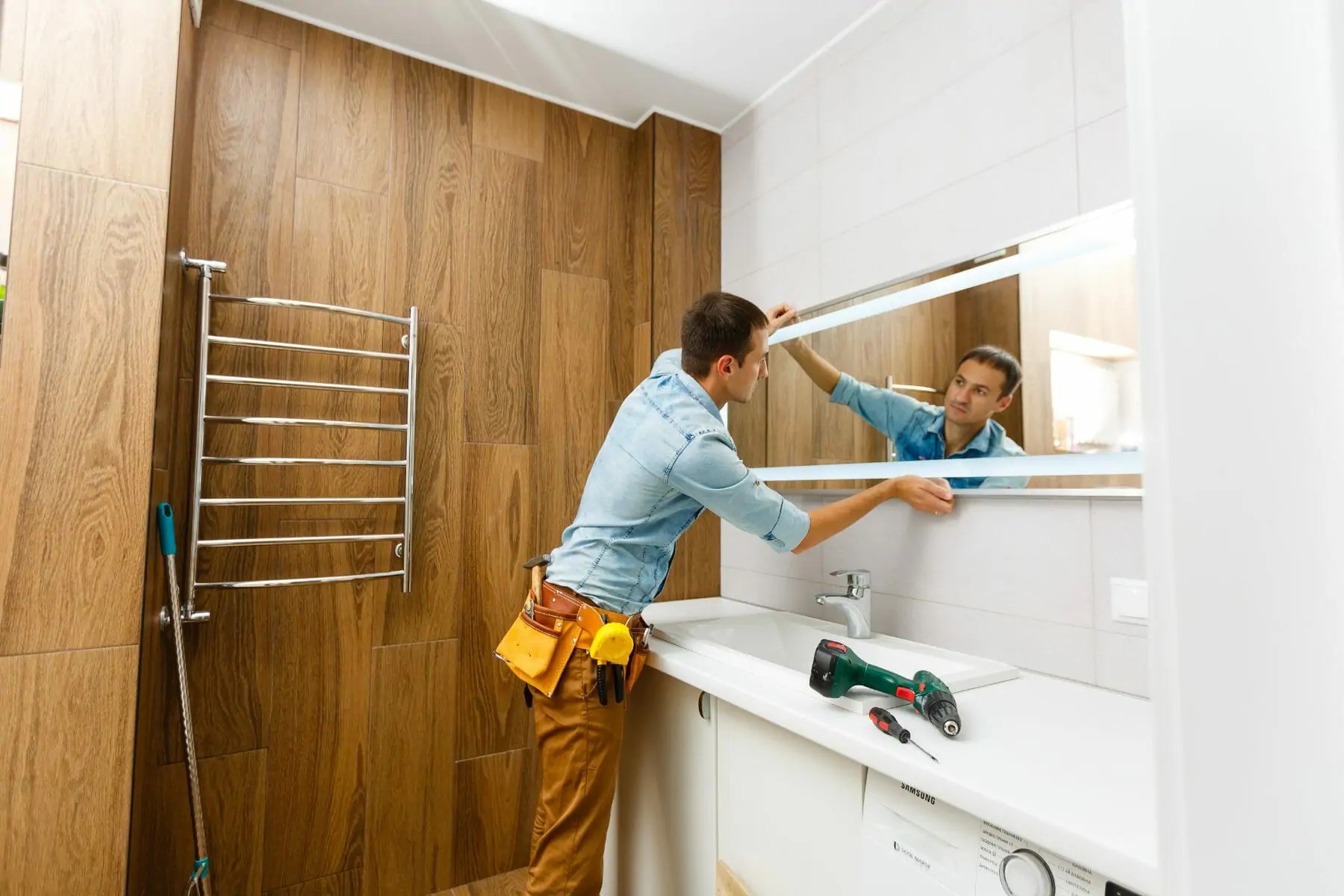
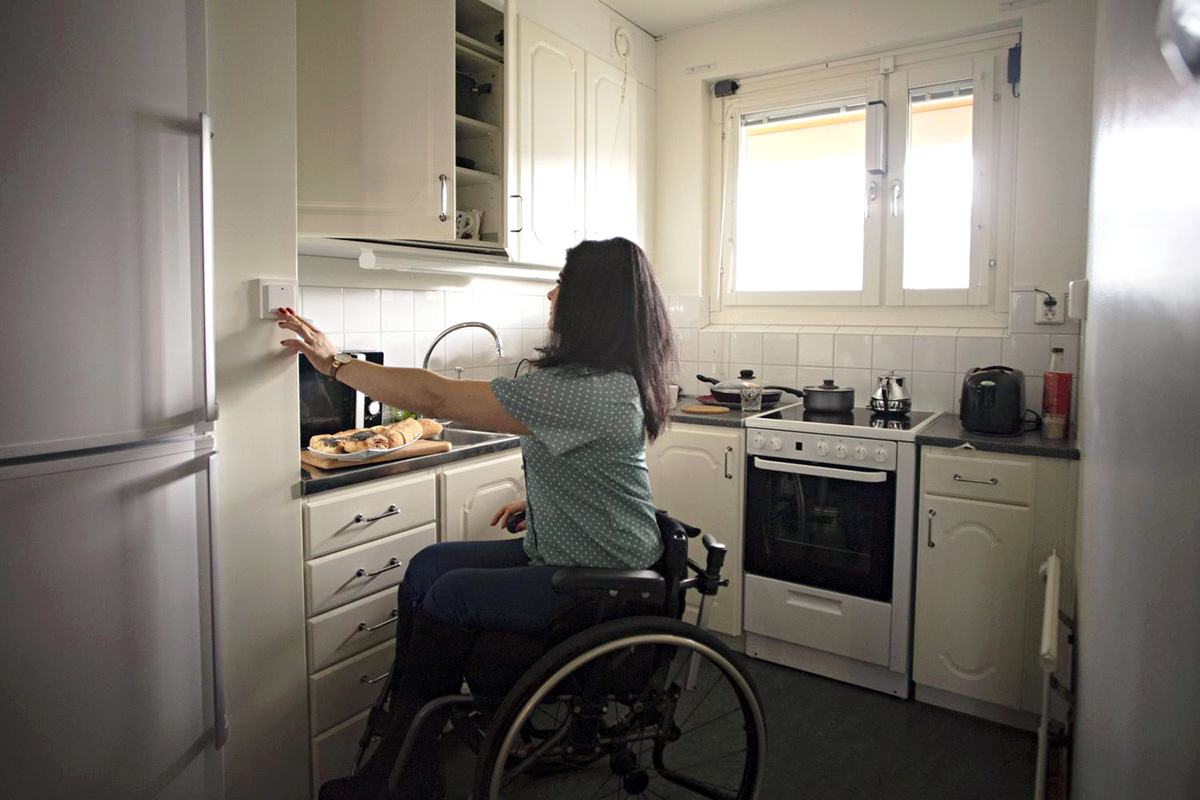

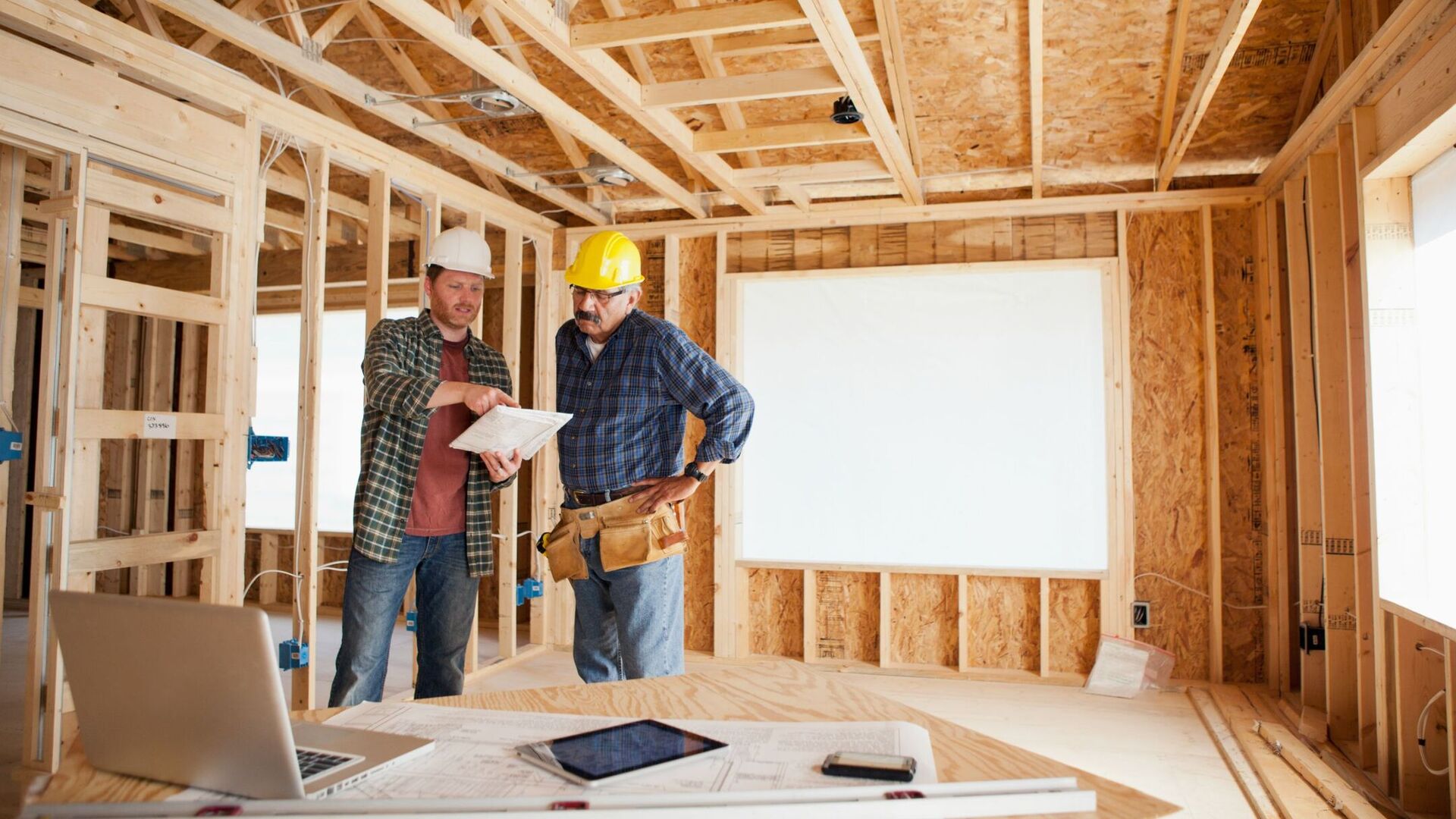



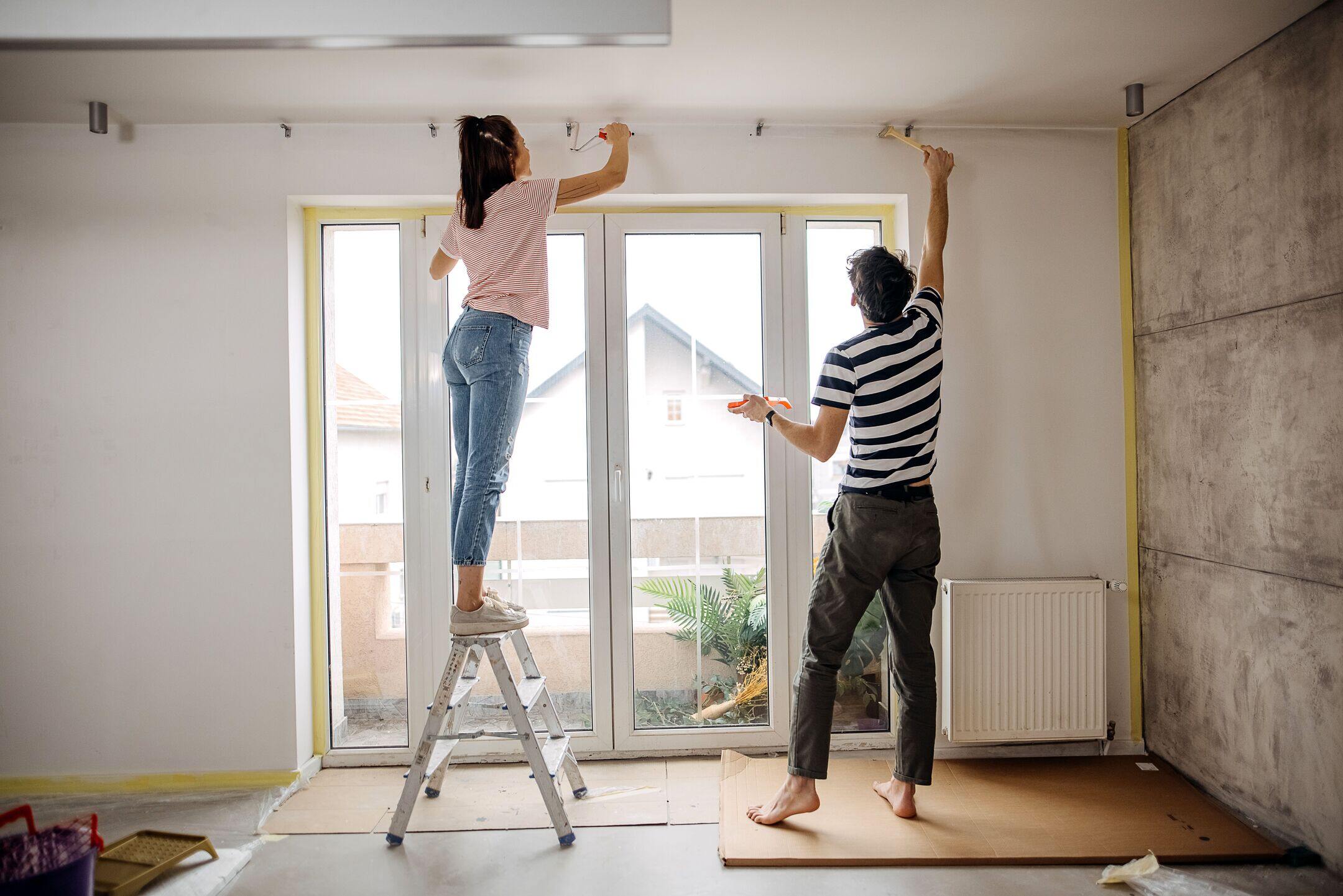
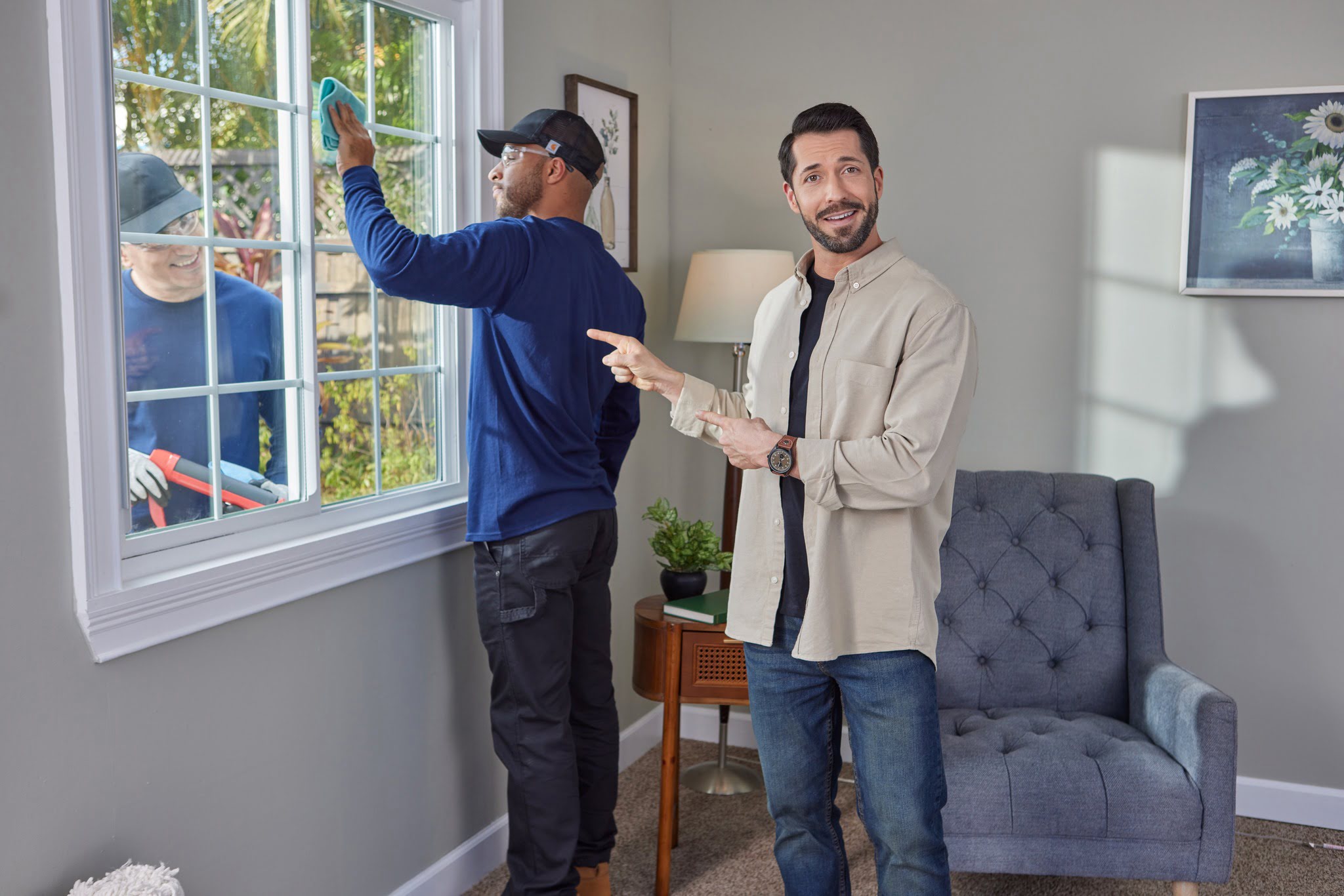



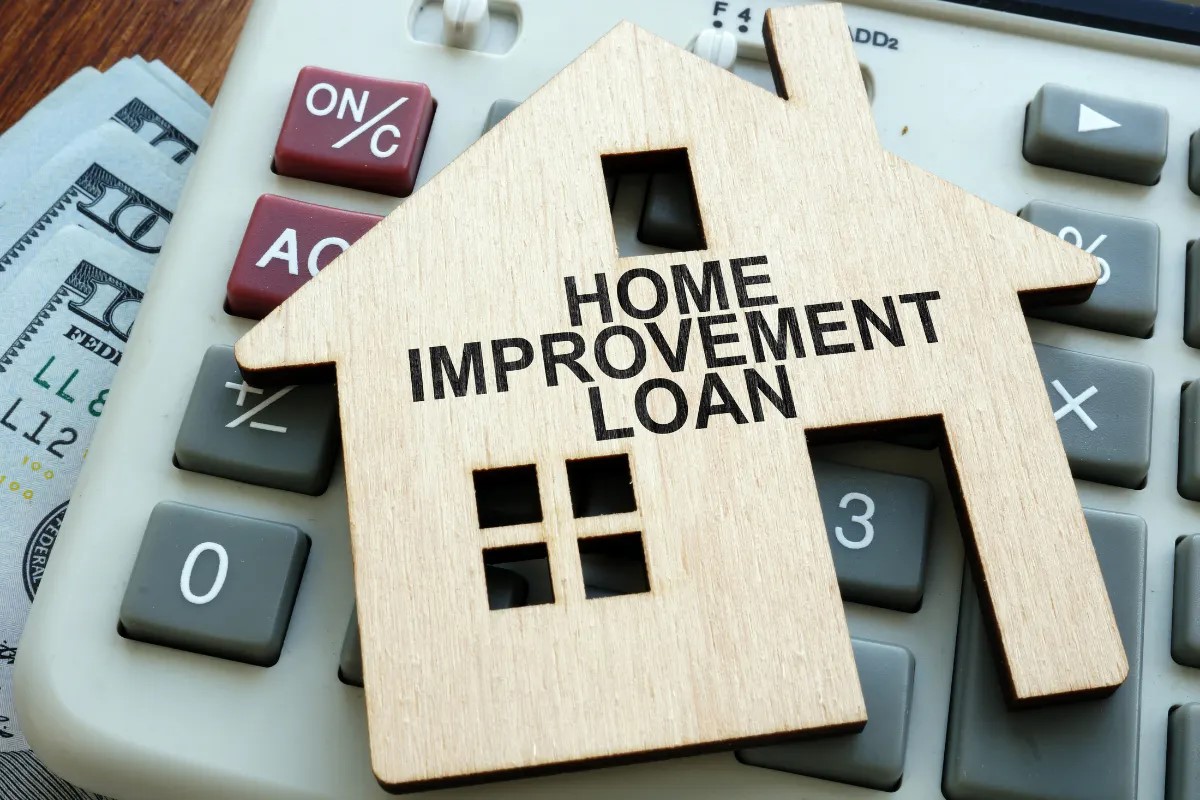


0 thoughts on “How Do I Prove IRA Money Was Used For Home Improvements”